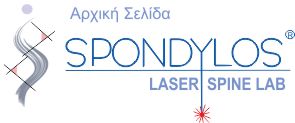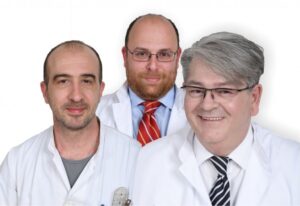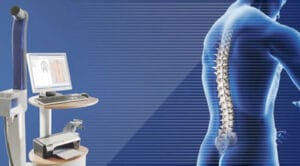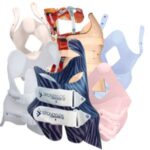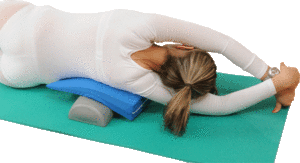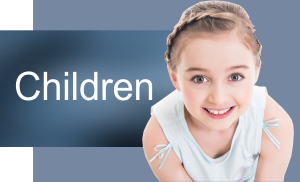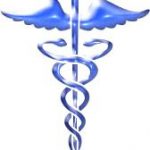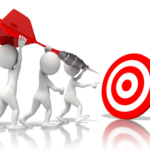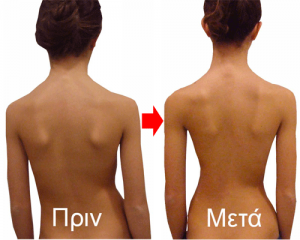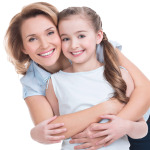Early intervention: The best opportunity to correct Scoliosis
No one knows exactly why this phenomenon occurs, i.e. the creation of Scoliosis. We know that genetic factors lead to the appearance, but not to its evolution.
It starts as a turn of the vertebrae with an invisible at first hump and then begins to tilt towards the turn creating the angle of inclination.
However, it seems to be associated with abnormalities in the central nervous system, brain and spinal cord.
The chance of spine correction is much greater before this phenomenon of rotation and torque begins, because the spine is more flexible.
For this reason we need to intervene early.
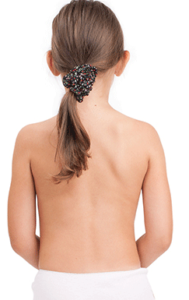
![]() Exercise at the beginning, in scoliosis with a turn of less than 10⁰ and a slope of less than 15⁰
Exercise at the beginning, in scoliosis with a turn of less than 10⁰ and a slope of less than 15⁰
and after assistance with part time guardian application, after the exercises, in scoliosis under 25⁰
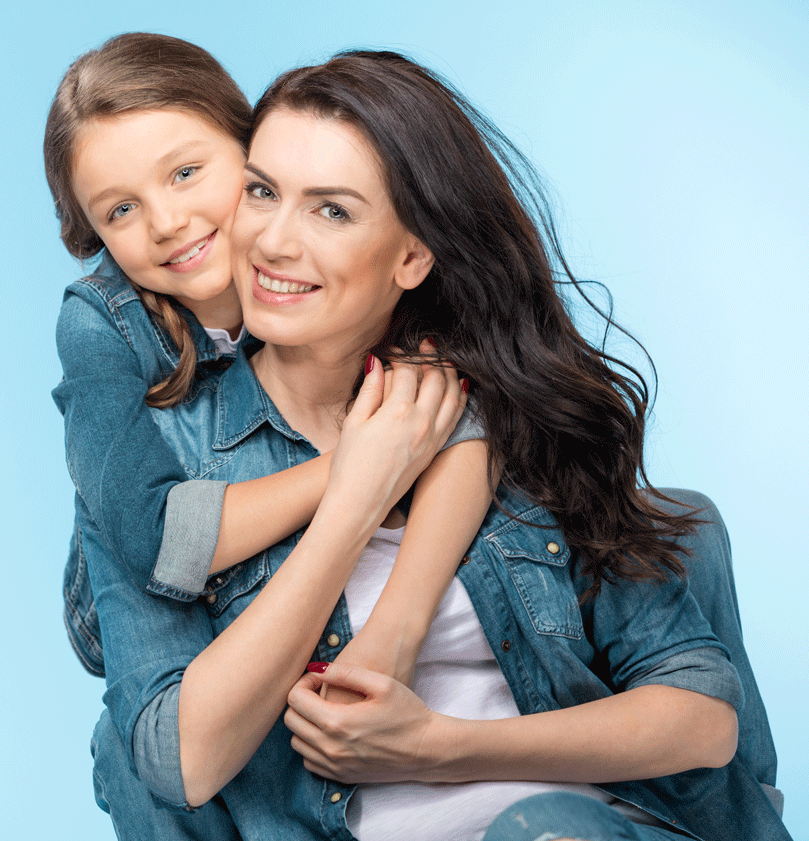
Creating new habits of posture
Initial exercises for small scoliosis include repetitive posture exercises.
These are repetition exercises that train the brain in new posture data.
Why is it important? Because in most cases of scoliosis their development comes from a neurological problem with the control of the brain in the spine, for the sense of gravity.
The brain misunderstands gravity and disorients the spine. He should point to the spine to straighten, but he does not.
Posture control is an automatic, involuntary habit. We do not think about it to stand up. As infants, too, we keep trying to stand up until we do.
Similarly, specialized posture exercises slow down scoliosis because they form posture habits.
Involuntary movements occur when the body automatically moves according to a specific stimulus, such as carrying a school bag or using glasses.
These movements become automatic habits in our minds. It is estimated that 3,500 repetitions of a particular activity are needed to become an automatic habit.
So, if your child does posture exercises three times a day, it will take three years for these exercises to become automatic habits.
The automatic response exercises are not typical gym exercises
Exercises that stimulate the subconscious center of posture control are not the ones you will see in a gym.
They are balance exercises in which we train our brain in various ways. These exercises help the brain perceive a different center of mass, or point of equilibrium, for your child’s body.
The brain sends an automatic response to rebalance the new center. This re-aligns the entire spine.
These exercises should be done in front of a mirror so that there is visual feedback.
Automatic response training helps people of all ages and all types of scoliosis, because it prevents their development and reduces the angle of inclination.
But it has the best results in children whose curves have not reached 30 degrees.
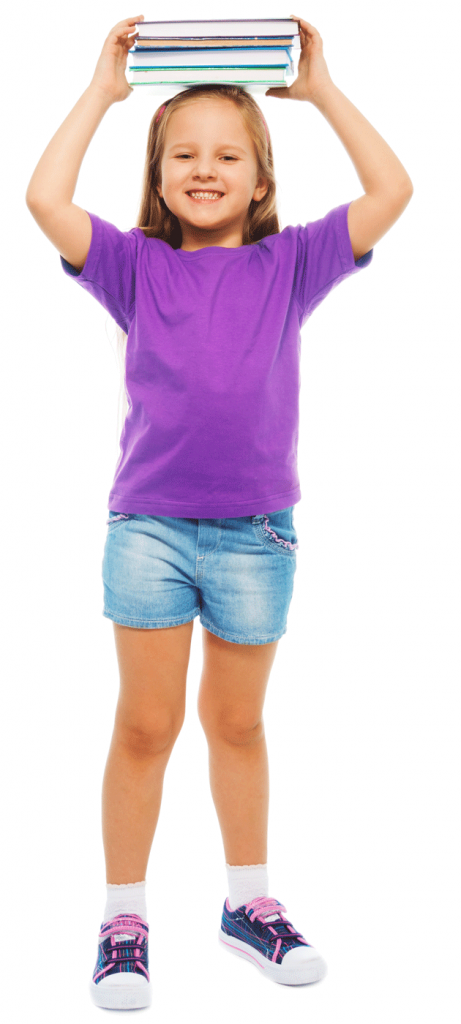
Why is the development of Scoliosis accelerated in curves above 30 °?
At first the scoliosis is flexible. The reason is that all the deformation is at soft tissue as we say, that shorten the muscles and ligaments, but the deformity has not yet reached a level of bone.
After 30 ° the long pressure on the epiphyses (sources) of the vertebrae, begins to create what we call plastic deformation, i.e. the vertebrae begin to deform wedge-shaped in the concave of the curve.
If left untreated, scoliosis often progresses to 45 degrees or more, that is, when doctors begin to recommend surgery.
This is extremely frustrating because the doctors themselves usually recommend that you to “wait and see” your child’s mild scoliosis (curves below 20 degrees) if it is progressing.
In SPONDYLOS almost never recommend waiting.
Early intervention is crucial. When a curve exceeds 30 degrees, scoliosis changes and accelerates, geometrically increasing lateral inclination and rotation.
As a rotating elastic film, increased torque makes the spine curve turn and bend even more.
